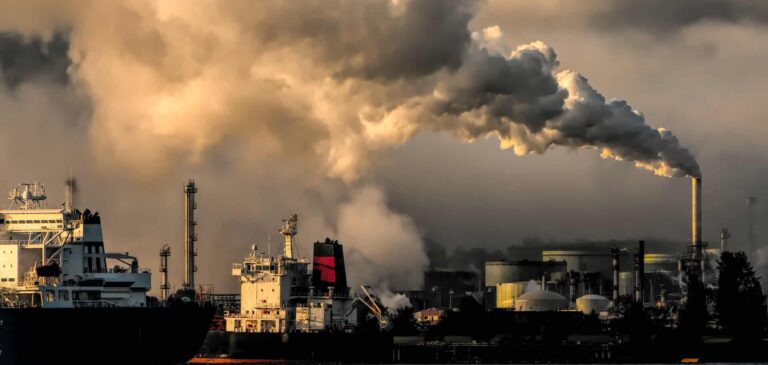An unprecedented amount of federal funding is now available for state, city and tribal governments to transition to clean energy and make their communities healthier, thanks to infrastructure and clean energy laws passed by Congress in the past two years. But accessing these grants, loans and other investments requires time and understanding of the process, which may be challenging, particularly for smaller jurisdictions.
Fortunately, there’s help. Newly created technical assistance programs provide capacity and in-depth knowledge on how to apply for federal dollars. A few of these programs:
- The State Funding Readiness Project provides free technical support to states implementing funding from the Infrastructure Investment and Jobs Act (IIJA) and Inflation Reduction Act (IRA) in ways that advance climate equity priorities and reduce greenhouse gas emissions. SFRP provides pro bono assistance to states to help identify specific investment opportunities, inform budget planning, successfully apply for funding, clarify program guidance, understand Justice40 considerations, and serve as a link between resources and federal agencies. Priority programs for SFRP include the Carbon Reduction Program (CRP), Climate Pollution Reduction Grants, The Greenhouse Gas Reduction Fund (GGRF), the Reconnecting Communities Pilot Program and several others.
- The Environmental Justice Thriving Communities Technical Assistance Centers Program provides grant funding to eligible applicants to establish technical assistance centers across the nation providing technical assistance, training, and related support to communities with environmental justice concerns and their partners. The new technical assistance centers will provide training, assistance, and capacity building on writing grant proposals, navigating federal systems such as Grants.gov and SAM.gov, and effectively managing grant funding.
- The Just Transition Fund is dedicated to helping communities hardest hit by coal’s decline, building resilient communities by promoting solutions that are equitable, inclusive, and low-carbon. They provide grants and technical assistance to remove barriers communities face applying to federal funding, and engage government agencies to make funding programs more accessible and equitable.
- Anthropocene Alliance has 140 member-communities in 38 U.S. states and territories, impacted by flooding, toxic waste, wildfires, and drought and heat. A2 provides organizing support, scientific and technical guidance, and better access to foundation and government funding.
- The Environmental Protection Network has more than 550 EPA alumni across the country volunteering their time to protect the integrity of EPA, human health, and the environment. EPN harnesses the expertise of former EPA staff to provide the unique perspective of former regulators with decades of historical knowledge and subject matter expertise on issues including air and water pollution, toxic substances, hazardous waste, and more. They provide pro bono technical assistance, capacity building, and training, especially in communities suffering from environmental injustices.
These are just a sampling of dozens of technical assistance programs available. For more, go to the Climate Program Portal, which pulls together crucial summary data, news, requests and updates related to the climate elements in the Infrastructure Investment and Jobs Act (IIJA) and the Inflation Reduction Act (IRA).
Relate stories:
Rural Communities to Benefit Big: Federal Dollars for the Clean Energy Transition
How to ensure $2 Trillion in Climate and Infrastructure Investments Go Where They’re Needed Most





